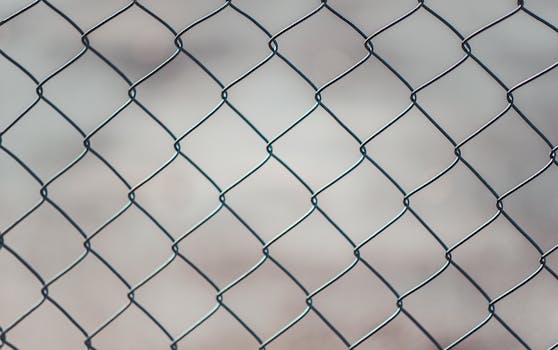Fencing: Elegance and Strategy in Sword Duels
Fencing, often regarded as a sport of elegance and precision, has a rich history that intertwines with the art of swordsmanship. This ancient practice, which has evolved over centuries, is not merely about physical prowess; it embodies a complex interplay of strategy, mental acuity, and athleticism. In this article, we will explore the elegance and strategic depth of fencing, examining its historical roots, the different styles, and the mental strategies that define this captivating sport.
The Historical Roots of Fencing
The origins of fencing can be traced back to the medieval period, where it was practiced as a means of combat training for knights and soldiers. The transition from battlefield to sport began in the Renaissance, when fencing schools emerged across Europe. These schools taught various techniques and styles, leading to the development of modern fencing as we know it today.
- Medieval Combat: Early fencing was focused on practical combat skills, with techniques designed for survival in battle.
- Renaissance Influence: The rise of fencing masters like Sigmund Ringeck and George Silver contributed to the formalization of techniques and the establishment of fencing as a respected art.
- Modern Fencing: The late 19th century saw the codification of rules and the introduction of fencing as an Olympic sport in 1896.
The Different Styles of Fencing
Fencing is characterized by three main disciplines: foil, épée, and sabre. Each style has its own unique rules, techniques, and strategies, contributing to the sport’s diversity.
- Foil: A lightweight weapon that emphasizes precision and technique. Points are scored by hitting the opponent’s torso, and fencers must adhere to right-of-way rules, which dictate who has the priority in an attack.
- Épée: A heavier weapon that allows for more freedom in targeting. Points can be scored anywhere on the opponent’s body, and there are no right-of-way rules, making it a more tactical and defensive style.
- Sabre: A cutting weapon that targets the upper body. The emphasis is on speed and aggression, with points scored through both cuts and thrusts.
The Elegance of Fencing
Fencing is often described as a dance, where each movement is executed with grace and precision. The elegance of the sport is not only in the physical execution but also in the mental discipline required to succeed.
- Footwork: The foundation of fencing lies in its intricate footwork, which allows fencers to move swiftly and maintain balance while executing attacks and defenses.
- Posture and Form: Proper stance and form are crucial for both offense and defense, contributing to the aesthetic appeal of the sport.
- Attire: The traditional fencing uniform, including the mask, jacket, and gloves, adds to the visual elegance, creating a striking contrast against the backdrop of the fencing strip.
Strategic Depth in Fencing
Beyond the physical aspects, fencing is a game of strategy and mental fortitude. Successful fencers must anticipate their opponent’s moves and adapt their tactics accordingly.
- Reading Opponents: Experienced fencers develop the ability to read their opponents’ body language and predict their next move, allowing them to counter effectively.
- Feints and Deception: Fencers often use feints to mislead their opponents, creating openings for successful attacks.
- Adaptability: The ability to adjust strategies mid-match is crucial, as opponents may change their tactics based on the flow of the duel.
Conclusion
Fencing is a unique blend of elegance and strategy, where physical skill meets mental acuity. Its rich history, diverse styles, and the intricate dance of movements make it a captivating sport that continues to evolve. Whether one is drawn to the historical roots of swordsmanship or the modern competitive scene, fencing offers a profound experience that challenges both the body and mind. As we appreciate the beauty and complexity of this sport, it becomes clear that fencing is not just a duel of swords but a celebration of human ingenuity and artistry.
